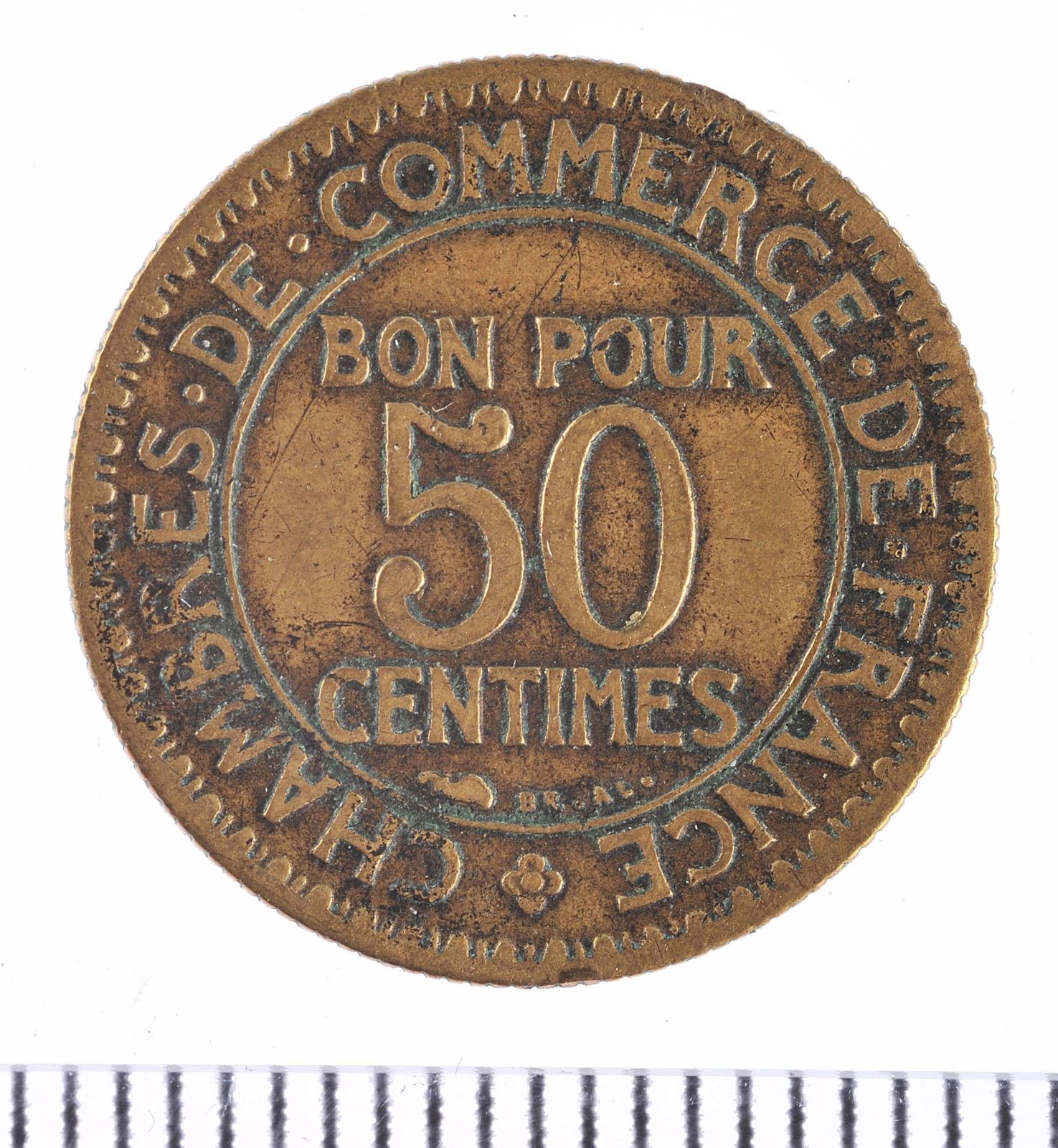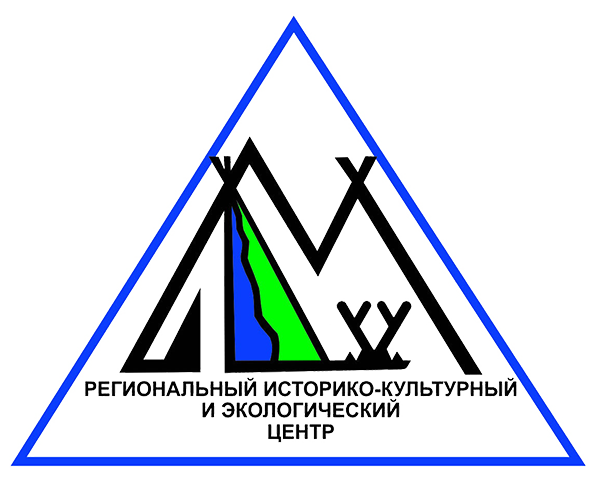Рубрика: Ломанный грошъ (+ translation) (от 18.02.2025)

Франция всегда была страной с богатой культурой и глубокими традициями. И монета в 50 сантимов — яркое тому подтверждение. А вы знали, что «сантим» — это сотая часть франка (название происходит от латинского слова centum - сто)? Да-да, как наши копейки к рублю! Эта монета была не просто средством платежа, но и отражением эпохи, в которой она была создана.
История сантимов во Франции начинается с революционных времен Первой республики. 7 апреля 1795 года (18 жерминаля по революционному календарю) Национальный конвент принял декрет о переходе на метрическую систему измерений и одновременно внедрил новую десятичную денежную систему. Теперь 1 франк делился на 10 десимов или 100 сантимов, что заменило прежнюю денежную структуру.
В 1845 году, при короле Луи-Филиппе, была начата чеканка серебряных монет номиналом в 50 сантимов, которые пришли на смену полфранковым монетам, выпускавшимся с 1803 по 1845 годы. С наступлением Второй республики в 1849 году дизайн монет изменился: Эжен-Андре Удине создал новый тип под названием «Церера», посвященный римской богине земледелия. В 1852 году на аверсе монет вместо изображения Цереры появился портрет президента Луи-Наполеона Бонапарта. Спустя десятилетия, в 1914 году, с началом Первой мировой войны и в период Третьей республики, Франция отказалась от золотого стандарта. Монеты из драгоценных металлов начали накапливаться населением и исчезли из оборота. Во время войны и после её завершения в обращении появилось множество различных денежных суррогатов.
Производство серебряных монет стало нерентабельным, однако Франция продолжала соблюдать нормы Латинского монетного союза, выпуская монеты по его стандартам. Несмотря на это, убыточность производства заставила прекратить чеканку серебряных монет. В 1921 году начался выпуск бонов номиналом в 50 сантимов из алюминиевой бронзы. Формально это не противоречило правилам союза, так как эмитентом бонов была не государственная казна, а Торговая палата Франции. Фактически же эти боны выполняли роль общегосударственных денежных знаков. Дизайн этих монет разработал Жозеф-Франсуа Домар.
Именно наша сегодняшняя монетка стала умным выходом из затрудненного положения, в котором оказалась Франция в виду Латинского монетного союза (сама монета была принята нами в 2005 году от В.Н. Бабушкиной). На лицевой стороне изображение сидящего Меркурия в профиль, смотрящего влево, держащего крылатый жезл кадуцей. Под ним слева монетный знак дизайнера DOMARD (слева) INV. (справа) (от латинского invenio – создавать, придумывать). Вверху полукругом надпись на французском языке COMMERCE INDUSTRIE (ТОРГОВЛЯ ПРОМЫШЛЕННОСТЬ), внизу год чеканки 1922. На оборотной стороне в центральном круге номинал в три строки BON POUR 50 CENTIMES под ним знак монетного двора и обозначение металла BR AL. Во внешнем круге по окружности надпись CHAMBRES · DE · COMMERCE · DE · FRANCE (ТОРГОВЫЕ ПАЛАТЫ ФРАНЦИИ) с разделительными точками и декоративной розеткой (внизу).
Начало XX века для Франции было временем перемен. Первая мировая война, последующие годы восстановления — всё это отразилось в жизни людей и, конечно, в их деньгах. Монета в 50 сантимов была в обращении во время всех этих событий. Представьте, сколько историй она могла "услышать", находясь в карманах солдат, рабочих, художников... Эти монеты делались из разных материалов. Первоначально — из серебра, позже, из-за экономических трудностей, из никеля и даже бронзы. Это обусловлено тем, что металл во время войн был в дефиците.
Латинский монетный союз официально прекратил своё существование в 1927 году. Тем не менее, уже в 1931 году государство возобновило чеканку монет номиналом 50 сантимов. Эти монеты по своим характеристикам — материалу, размеру и весу — соответствовали бонам, ранее выпускаемым Коммерческой палатой Франции. Чеканка таких монет продолжалась и во время оккупации до 1941 года, а после освобождения страны была снова осуществлена в 1947 году. Интересно, что некоторые из этих монет были специально созданы для колоний Франции. Они имели небольшие отличия в дизайне и служили в далеких уголках мира. Сегодня даже трудно представить себе путь такой монеты от французского монетного двора до далёких берегов Африки или Азии.
Монета в 50 сантимов — это больше, чем просто металл. Это символ эпохи, отражение культуры и истории Франции начала XX века. Взяв её в руки, мы как будто переносимся в то время, ощущаем дыхание прошлого. И, честно говоря, это ощущение непередаваемо. Так почему бы не дать себе возможность окунуться в прошлое и узнать немного больше о мире, который был до нас? Ждём вас в нашем музее для новых открытий и увлекательных рассказов!
France has always been a country with a rich culture and deep traditions. And the 50 centime coin is a vivid proof of that. Did you know that “centime” is one hundredth of a franc (the name comes from the Latin word centum - one hundred)? Yes, yes, like our kopecks to the ruble! This coin was not just a means of payment, but a reflection of the era in which it was created.
The history of centimes in France begins with the revolutionary times of the First Republic. On April 7, 1795 (18 zherminalya on the revolutionary calendar), the National Convent adopted a decree on the transition to the metric system of measurement and at the same time introduced a new decimal monetary system. The 1 franc was now divided into 10 desimes or 100 centimes, replacing the previous monetary structure.
In 1845, under King Louis-Philippe, the minting of silver coins with a face value of 50 centimes began, replacing the half-franc coins issued from 1803 to 1845. With the advent of the Second Republic in 1849, the design of the coins changed: Eugène-André Udine created a new type called “Ceres”, dedicated to the Roman goddess of agriculture. In 1852, the portrait of President Louis-Napoleon Bonaparte appeared on the obverse of the coins instead of the image of Ceres. Decades later, in 1914, with the outbreak of World War I and during the Third Republic, France abandoned the gold standard. Precious metal coins began to be hoarded by the population and disappeared from circulation. During and after the war, many different monetary surrogates appeared in circulation.
Production of silver coins became unprofitable, but France continued to comply with the norms of the Latin Coin Union, issuing coins according to its standards. Despite this, unprofitable production forced to stop minting silver coins. In 1921, the production of 50 centimes coins made of aluminum bronze began. Formally, it did not contradict the rules of the Union, as the issuer of coupons was not the state treasury, and the Chamber of Commerce of France. In fact, these coupons performed the role of national monetary signs. The design of these coins was developed by Joseph-François Domard.
It is our today's coin that became a clever way out of the predicament in which France found itself in view of the Latin Coin Union (the coin itself was accepted by us in 2005 from V.N. Babushkina). On the obverse side of the image of seated Mercury in profile, looking to the left, holding a winged rod caduceus. Below him on the left is the mint mark of the designer DOMARD (left) INV. (right) (from Latin invenio - to create, invent). At the top of the semicircle inscription in French COMMERCE INDUSTRIE (COMMERCE INDUSTRIE), below the year of minting 1922. On the reverse side in the central circle the nominal value in three lines BON POUR 50 CENTIMES under it the sign of the mint and the designation of metal BR AL. In the outer circle on the circumference of the inscription CHAMBRES - DE - COMMERCE - DE - FRANCE (TRADE CHAMBRES OF FRANCE) with separating dots and decorative rosette (below).
The early 20th century was a time of change for France. World War I, the years of reconstruction that followed, were all reflected in people's lives and, of course, in their money. The 50 centime coin was in circulation during all these events. Imagine how many stories it could “hear” being in the pockets of soldiers, workers, artists ... Interestingly, these coins were made of different materials. Initially - from silver, later, due to economic difficulties, from nickel and even bronze. This is due to the fact that metal was in short supply during the wars.
The Latin Coin Union officially ceased to exist in 1927. Nevertheless, already in 1931 the state resumed minting of coins with a face value of 50 centimes. These coins by their characteristics - material, size and weight - corresponded to the coupons previously issued by the French Chamber of Commerce. The minting of such coins continued during the occupation until 1941, and after the liberation of the country was realized again in 1947. Interestingly, some of these coins were specially created for the colonies of France. They had slight differences in design and served in distant parts of the world. Today, it is even hard to imagine the journey of such a coin from the French mint to the far shores of Africa or Asia.
The 50 centime coin is more than just metal. It is a symbol of the era, a reflection of the culture and history of France in the early 20th century. When we take it in our hands, it is as if we are transported to that time, we feel the breath of the past. And, frankly speaking, this feeling is inexpressible. So why not give yourself the opportunity to plunge into the past and learn a little more about the world that was before us? We are waiting for you in our museum for new discoveries and fascinating stories!
Научный сотрудник,
Н.С. Сологуб


